The weather is growing warmer in March, and soon it will be spring. Spring in Japan is synonymous with blooming cherry blossom, yet it is not the only sakura enjoyed by Japanese people - some of them would also consume "sakura nabe (hot pot)" to nourish the body. It is an important dish that is actually available all year round, and the "sakura niku (meat)" in it has been a reliable source of protein since time immemorial. So what exactly is sakura niku?
A dish born in the Kofun period
![A dish born in the Kofun period]()
![Have You Ever Tried Sakura Niku, a Traditional and Nutritious Japanese Cuisine Eaten in Spring?]()
Sakura niku refers to horse meat, and can be traced back to the 5th century. At that time, horses were introduced to Japan as a mode of transportation, while their meat and internal organs were used in cooking and medicine. There is no definite answer to the question where the nickname sakura niku came from, though there are two popular theories: (1) horse meat is rich in iron and would take on a pink hue when exposed to air; and (2) the meat slices are often arranged in a way that resembles the shape of a cherry blossom when presented on a plate.
Compared with beef, pork and chicken, horse meat has much lower calories, fat content and cholesterol level, but more vitamins and minerals, e.g. 3 times the calcium in beef and 10 times the iron in chicken, making it an excellent source of protein. For its nutritional value, horse meat has always been considered a good dietary supplement, and in recent years it is gaining popularity as a health food. Ladies are highly recommend to give it a try because it is good for the skin and blood circulation.
Kumamoto of Kyushu is the most well-known horse meat production site in Japan, topping the charts in both horse production and consumption, followed by Fukushima, Aomori and Nagano. Kumamoto locals are so fond of the meat, where its otherwise hefty price tag is kept at an affordable level, and you can even buy it raw at supermarkets there. See for yourself when you visit the city!
The best cuts of horse meat & how to enjoy them
The cuts of horse meat are more or less the same as beef and pork, and all parts are edible, including internal organs like intestines and the heart. If you have never eaten it before, start with fillet, heart, neck and rump to have an idea of the characteristics and texture of the meat. The whitish neck meat is exclusive to horses; it might not look the part, but it perfectly captures the savory flavor and chewiness of horse meat in the form of sashimi. On the other hand, fillet is newbie friendly and suitable for those merely seeking to feed their curiosity.
Are you ready to delve deeper into sakura niku cuisine? Here are three ways to enjoy it that you should not miss.
1. Raw
Japanese people believe that the only way to preserve the natural flavor and nutrients of meat is to eat it raw, and horse meat is no exception. Basashi (raw horse meat slices) is a basic dish in the family of horse meat cuisine, and common parts would be the marbled belly, crunchy shoulder clod, and surprisingly odorless liver and tongue.
Basashi is usually accompanied by ground ginger, ground garlic and spring onion, then dipped in soy sauce. Those from the Aizu area of Fukushima would replace the dip with spicy miso.
2. Hot pot
Hot pot with horse meat is specifically called sakura nabe. The variation we see in Tokyo nowadays was developed during the Meiji period; it is quite similar to sukiyaki (hot pot stew), using a shallow pot without too much broth, and the meat is eaten with egg sauce. The major difference lies in the ingredients of the broth - it is prepared with miso instead, unlike traditional sukiyaki.
The variation of sakura nabe along Akita, Nagano and Sorachi of Hokkaido is known as "nanko nabe". It also has a miso broth, but the food items mainly consist of offals. Moreover, it has a lot more vegetables than Tokyo's, e.g. burdock roots, bamboo shoots and konjac.
3. Grilled
Horse meat used to be rather limited to izakaya or specialty restaurants, yet recently it has started making an appearance in BBQ restaurants as well. It is meaty when grilled, without the unpleasant gamy smell, and its texture ranges from melt-in-the-mouth to springy, depending on the parts. Since it is low in fat and high in protein, many bodybuilding folks would turn to grilled horse meat to replenish protein.
Scroll down for a list of recommended horse meat restaurants!
After reading about sakura niku, are you interested in sampling the cuisine? Below are several reasonably priced horse meat restaurants with good ratings, quality guaranteed - may your first experience be a memorable one!
Nakae
Established in 1905, Nakae is a renowned sakura nabe restaurant in Tokyo. It is said that the soul of the broth - miso - was first developed there. In a time when many would import horse meat from other countries, the restaurant insists on using only local sources, and the horses must be between 6 and 8 years old, because the owner finds that their meat's marbling is the most evenly distributed and tastes the best.
Their sakura nabe has 5 kinds of horse meat in it, including filet, tender loin and marbled meat. To help guests enjoy the dish properly, the owner went the extra mile to produce a video telling them to wait for the miso to dissolve completely into the broth before putting in the meat. Horse meat is easily overcooked, do remember to pay extra attention and remove it once the color changes, so as not to let anything go to waste!
Sakuranabe Nakae
Open: [Weekends & National Holidays] 11:30 am - 9:00 pm (L.O. 8:30 pm)
[Tuesday - Friday] 5:00 pm - 10:00 pm (L.O. 9:30 pm)
Closed:
When Monday is a holiday it is open, Tuesday regular holidayAverage price:
[Dinner] 9,000 JPY / [Lunch] 4,000 JPYAddress: 1-9-2, Nihonzutsumi, Taito-ku, Tokyo
MapMore Details AHO-DORI
Situated at Nakasu, a busy district in Fukuoka, AHO-DORI is an izakaya known for their charcoal grilled free-range chicken. Mind you, their menu is far more than just that, and fresh basashi is one of the other dishes they serve. The owner is a wine lover, and he joined the culinary industry in his quest to search for foods that go well with wine, capturing Fukuoka people's heart with delicious local specialty cuisine.
From the most common red meat to the rare neck meat, AHO-DORI offers a variety of basashi which is bound to satisfy even the most fervent horse meat fan. If you want to play safe, the place is perfect too - feel free to switch to other dishes like grilled chicken skewers, motsunabe (offal hot pot, signature cuisine of Fukuoka), and various Kyushu specialties for a change of taste after sampling basashi!
Aho-dori
Open: 6:30 pm - 4:00 am (L.O. 3:00 am)
[Sunday] 6:00 pm - 11:00 pm
Closed:
NoneAverage price:
[Dinner] 3,500 JPYAccess:
3 minutes on foot from Nakasukawabata Station. Just inside Ningyo Koji (Doll Alley).Address:
Ningyokoji, 4-1-19 Nakasu , Hakata-ku, Fukuoka-shi, Fukuoka MapMore Details Reservation Gion Bashunro
There are not many horse meat farms left in Japan, and Senko Farm in Kumamoto is one of the more representative ones. Gion Bashunro is your best bet if you would like to try the meat produced by Senko farm. Their meat is well-received for good reasons: its marbling is distributed evenly, and its texture exceptionally tender, resulting in outstanding basashi and sakura nabe.
In addition, the restaurant offers uncommon dishes such as meat grilled with volcanic rock from Mount Aso of Kumamoto, horse meat hamburger, Japanese style steak, etc. The experienced chef unleashed their creativity and skills to present guests with the endless possibilities of horse meat cuisine. Their effort certainly pays off, allowing Sakura niku cuisine Gion Bashunro to rise above their competitors and gain favor among horse meat lovers.
Sakura niku restaurant Gion Bashunro
Open:
[Weekdays, Saturday, National Holidays, Days before National Holiday] 5:00 pm - 11:00 pm (L.O. 10:00 pm)Closed:
Sunday. If Monday is a National Holiday, they will be open on Sunday and closed on Monday instead. Closed on 31 Dec & 1 Jan.Average price:
[Dinner] 10,000 JPYAddress: 22, Benzaiten-cho, Shinbashi agaru, Yamatooji, Higashiyama-ku, Kyoto-shi, Kyoto
MapMore Details DAN Ginza Branch
Seasonal Seafood & Vegetable DAN Ginza sources seasonal ingredients from all over the country; be it seafood or vegetables, only the freshest can pass through their doors. Their signature dishes are basashi delivered straight from Kumamoto, and "beef motsunabe" wiith three flavors to pick from, which always attract a steady stream of supporters. Their diversified Japanese wine and drunk food menu makes it an enjoyable experience to visit for some me-time, and it is an equally great venue for social gatherings after work.
Seasonal Seafood & Vegetable DAN Ginza branch
Open: [Weekdays, Saturday] Dinner 5:00 pm - 11:00 pm (L.O. 10:00 pm for food, 10:30 pm for drinks)
Closed:
Sunday and National Holidays, beginning & end of the yearAverage price:
[Dinner] 6,000 JPYAccess:
1-minute walk from a11 exit of Ginza-icchome station on Tokyo Metro Yurakucho LineAddress:
1F, Kunimitsu Bldg., 2-11-19, Ginza, Chuo-ku, Tokyo MapMore Details Reservation Nagano Toieba BANIKUMAN
At Nagano Toieba BANIKUMAN, one can have a taste of Nagano's specialties: horse meat and other local cuisine, wine, ingredients - and even glimpse into the secrets behind the prefecture with the longest average livespan! Not sure what to order? We recommend the "Nagano platter" featuring a bit of everything, and the [Basashi Platter] for raw horse meat coming from three different parts.
Head chef Sato Hideichi was born in Nagano; having won the Nagano governor's award at the Nagano cooking contest, his resolve to continue honing his culinary skills is hardened. His identity as a Nagano local enables him to handle the region's cuisine with relative ease. Visit the restaurant for authentic Nagano dishes - you would not be disappointed!
Nagano toieba BANIKUMAN
Open:
5:00 pm - 11:30 pm (L.O. 11:00 pm)Closed:
IrregularAverage price:
[Dinner] 6,000 JPYAccess:
3-minute walk from [Nagano station] of JR Lines. It is on Sansenro-dori.Address:
1380 Kitaishidoucho, Nagano, Nagano MapMore Details Reservation In this season of changing weather, be sure to stay healthy by nourishing your body with the beloved Japanese sakura niku cuisine!
Disclaimer: All information is accurate at time of publication.

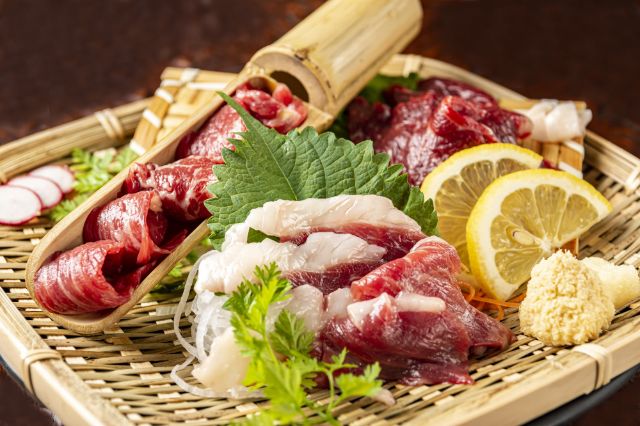
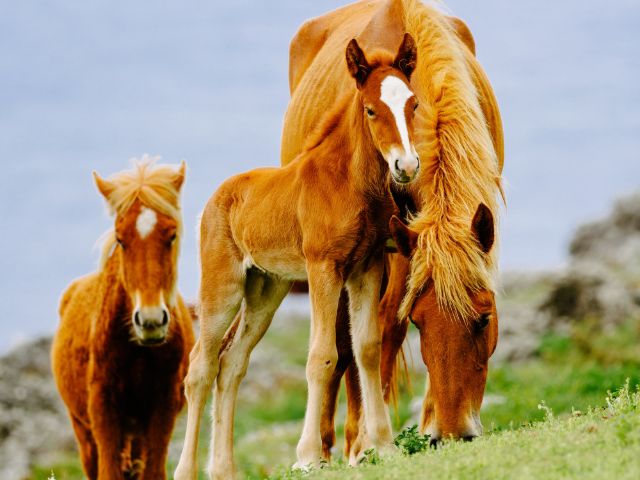
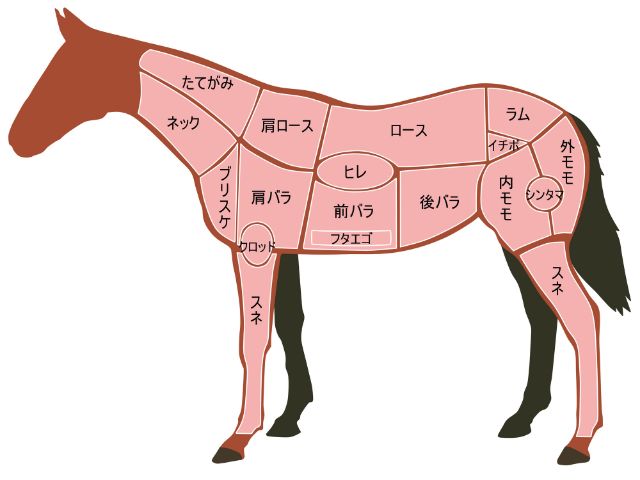
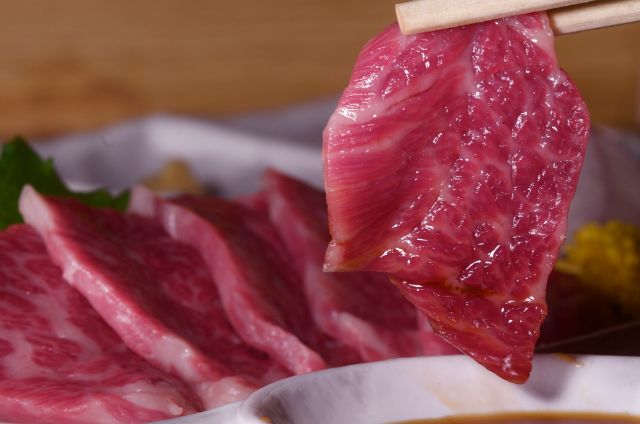
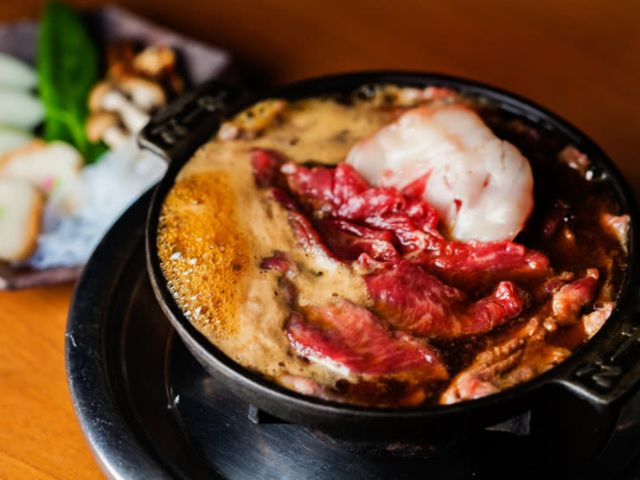
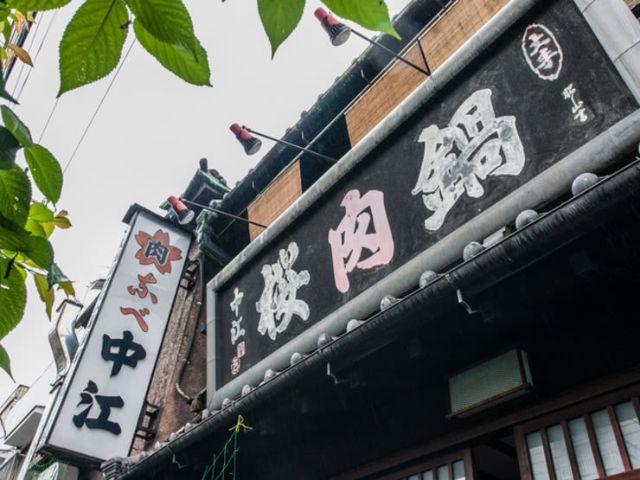
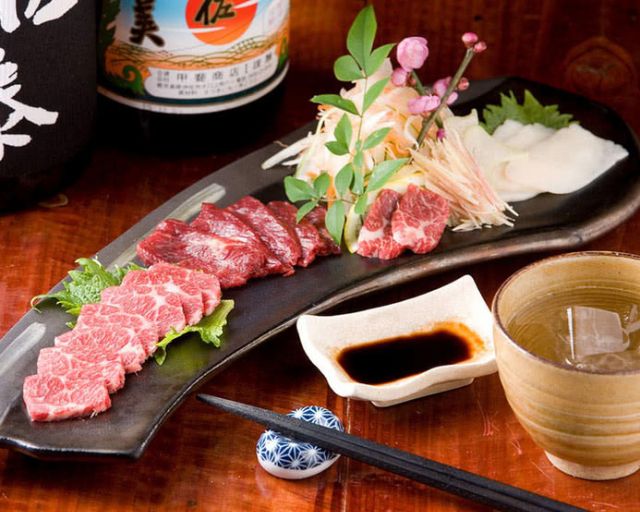
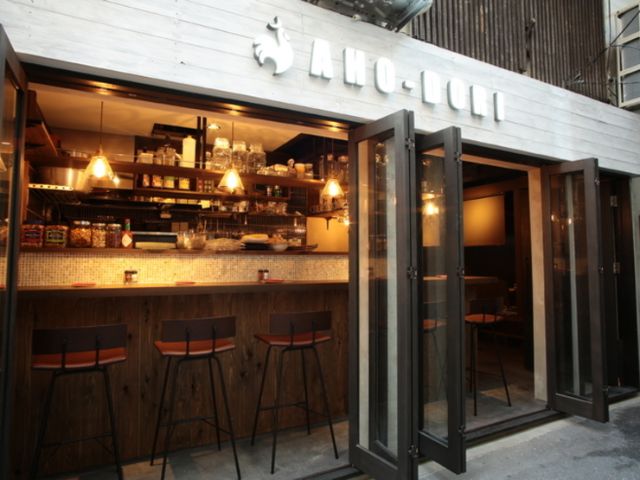
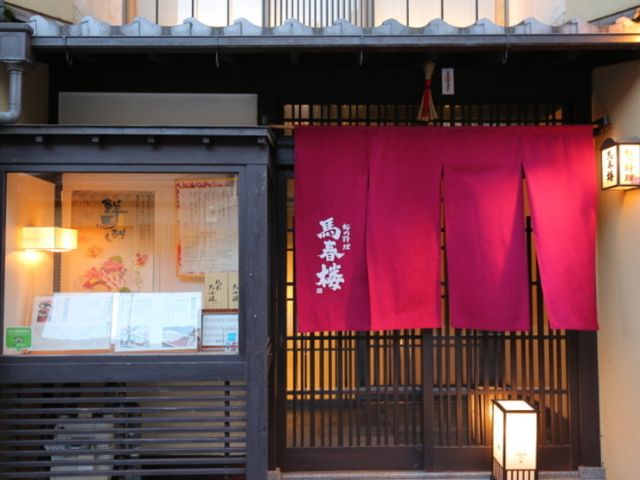
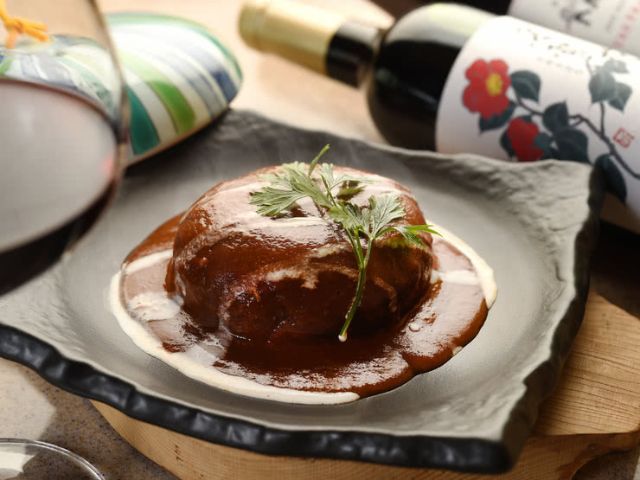
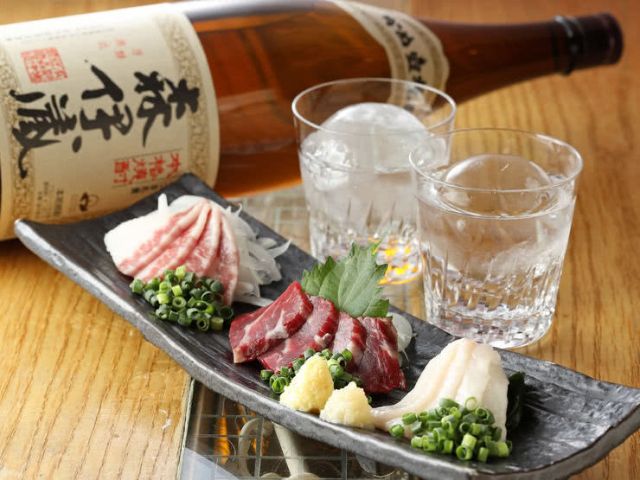
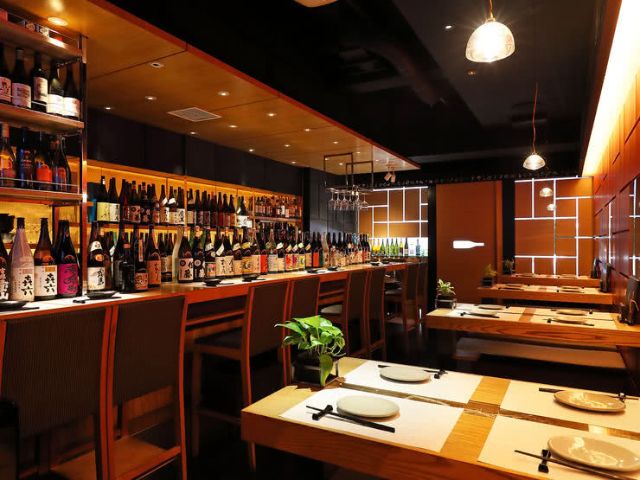
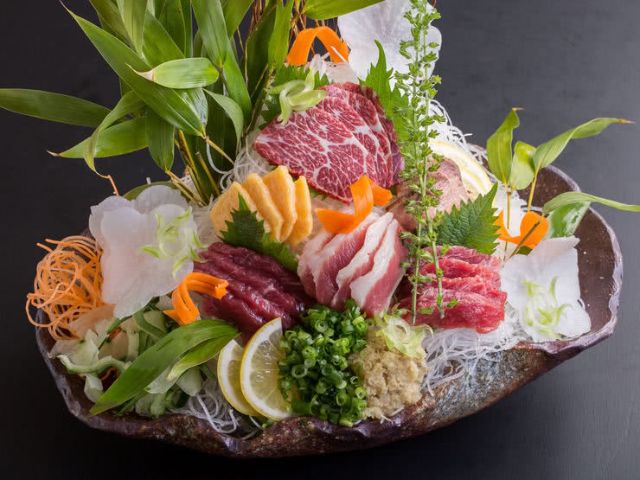
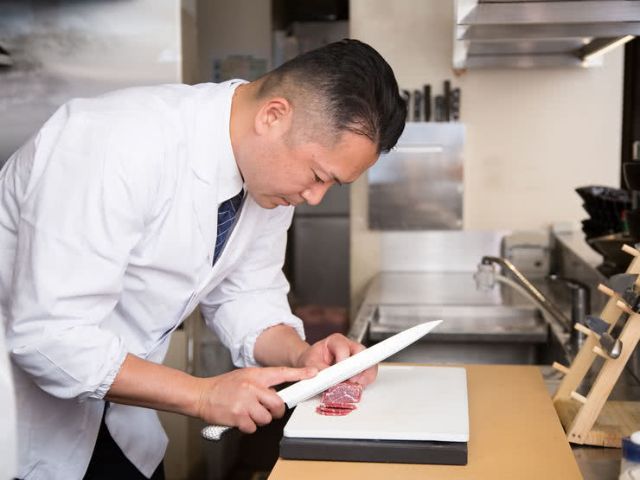









![Azabudai Hills [SUMI] (Janu Tokyo) ~ Editor's Afterword by the Editor-in-Chief of Japan's Gourmet Site](/gg/content_image//image/discover_oishii_japan/6536/article_head_150x105z.jpg)









